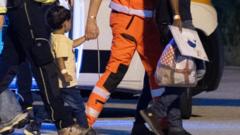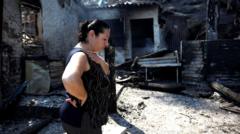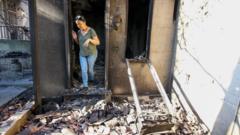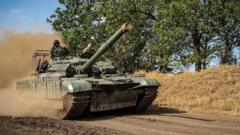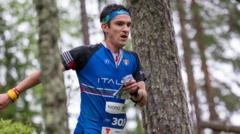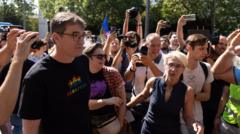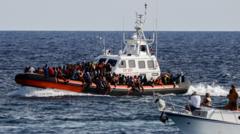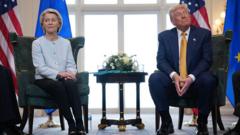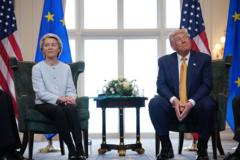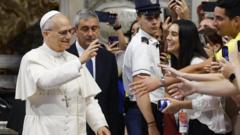The election of Pope Leo XIV marks a significant moment in Church history as a lesser-known American cardinal ascends to the papacy, highlighting the evolving landscape of Catholic leadership.
Pope Leo XIV's Rise: The Unexpected Path of an American Cardinal

Pope Leo XIV's Rise: The Unexpected Path of an American Cardinal
A New Era Begins for the Papacy as a Surprise Candidate Emerges
In a historic conclave held in Vatican City, cardinals elected Cardinal Robert Francis Prevost, an American previously considered a dark horse in the race for papal leadership. The meeting started with a lengthy meditation that ultimately delayed their first vote, which revealed divided support among the cardinals for three main candidates: Cardinal Pietro Parolin from Italy, Cardinal Peter Erdo from Hungary, and Prevost.
Despite Parolin's initial front-runner status, he did not garner the unanimous backing anticipated. His governance style, heavily reliant on collaborative discussions emphasized by Pope Francis, didn't resonate with a substantial portion of the cardinals. Similarly, Cardinal Erdo faced challenges in gaining traction among the predominantly Francis-appointed electorate.
As the cardinals broke bread at Casa Santa Marta, the discussion turned to the future of the church, where Prevost’s moderate stance became increasingly appealing. Eventually, a shift occurred, and, during the crucial evening vote, Prevost began to gain momentum, much to the surprise of those present.
This unexpected decision underlines the cardinals’ renewed emphasis on a fresh direction for the church, one that seeks to balance tradition with contemporary needs, possibly setting a precedent for the future of papal elections. As Pope Leo XIV, Cardinal Prevost expressed his hope for unity within the Church while addressing pressing global issues. His ascent symbolizes a change in the Guard and a new chapter in the history of the Catholic Church.

